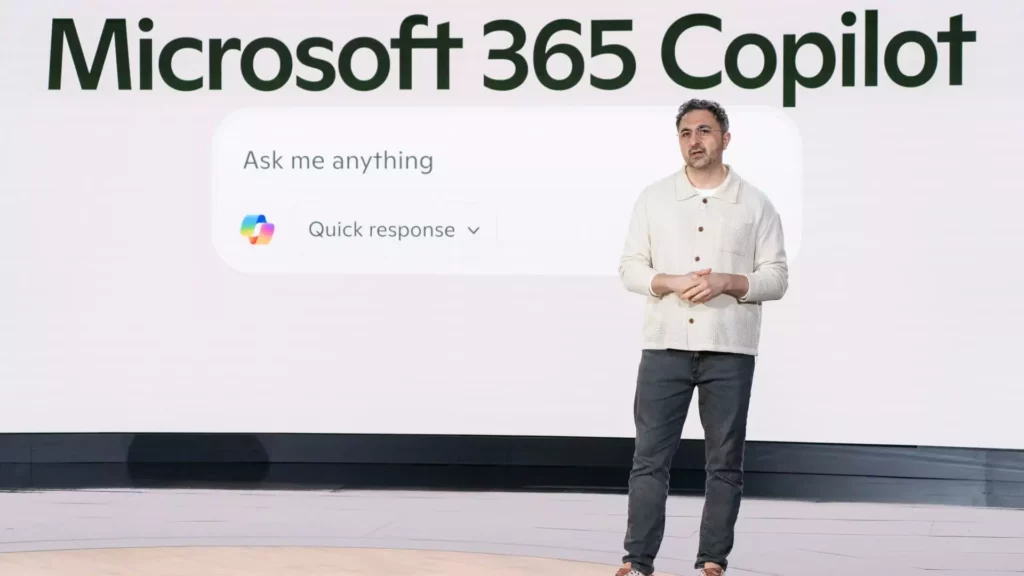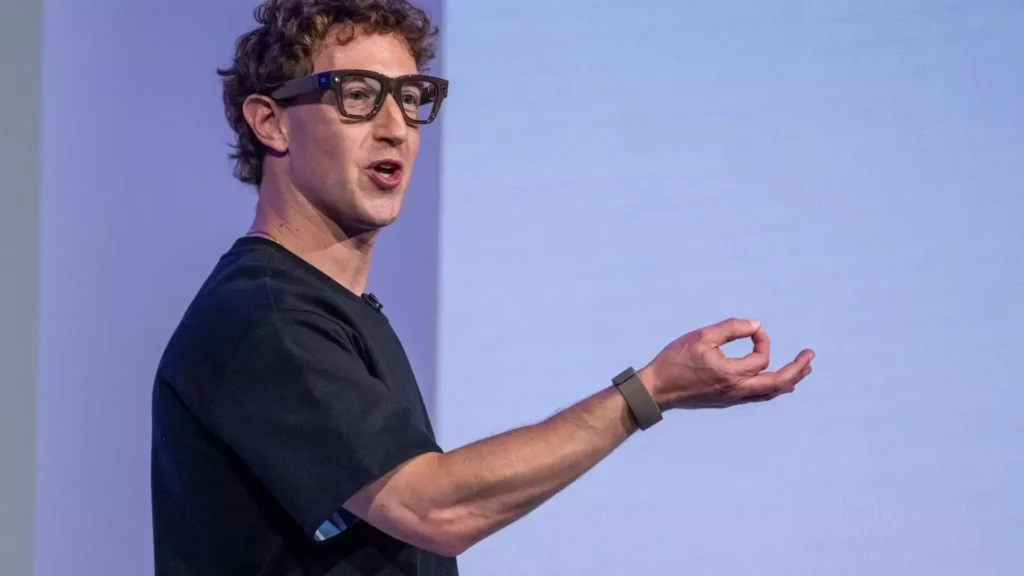In an arena where speed and innovation often equate to dominance, Microsoft’s approach to artificial intelligence (AI) stands out remarkably. Led by Mustafa Suleyman, the tech behemoth has adopted a deliberate philosophy of patience in AI advancements, essentially inviting scrutiny and speculation. This decision deviates from the typical tech rivalry ethos–a rush towards the cutting edge of development. Instead, Microsoft believes that waiting three to six months after significant milestones allows the company to learn from the successes and failures of early-moving competitors. This thought process is intriguing, as it suggests that Microsoft’s executives understand the high stakes involved in rushing forward without a thoughtful plan. Rather than scrambling for the limelight, Microsoft seems to be more focused on crafting a sustainable and effective strategy.
Leveraging Partnerships for Enhanced Innovation
What significantly distinguishes Microsoft’s strategy is its emphasis on collaboration rather than unilateral ventures. Their significant investment in OpenAI—amounting to an impressive $13.75 billion—has underpinned a reciprocal relationship that propels both entities toward greater heights in innovation. Microsoft’s embedding of OpenAI’s sophisticated language models into popular tools like Bing and Office 365’s Copilot has not only bolstered user engagement, but it also underlines the company’s adeptness at integrating groundbreaking technology into everyday applications. In many aspects, this can be viewed through the lens of strategic foresight; while other companies are busy duplicating successful models, Microsoft is instead prioritizing advancements that enhance user experience, thereby increasing their customer base.
The Trade-offs of Competition
However, it’s essential to note that the dynamics within this partnership are beginning to shift. The fact that Microsoft has identified OpenAI as a competitor suggests a fundamental change in the competitive landscape. OpenAI’s diversifying partnerships with other companies, including Oracle, may render Microsoft’s once-collaborative edge less significant. This evolving relationship could potentially create tensions as both parties forge their paths in an increasingly crowded marketplace. Herein lies the nuance of Microsoft’s strategy; while the company willingly rides the wave of collaboration, it must also brace itself for the reality of competition. Thus, the courageous choice to sometimes play the second mover could prove either to be a wise strategy or a shot in the foot, depending on how events unfold.
Copilot: Reimagining AI Interaction
At the core of Microsoft’s AI advancements is Copilot, an integrated digital assistant transforming user interactions across its software suite. A crucial enhancement touted in this evolution is Copilot’s upcoming ability to develop “memory,” enabling it to retain essential user information. This development pushes Copilot beyond simply performing tasks to a system that evolves alongside its user—shaping a richer, more engaging, and personalized interaction. Unlike OpenAI’s heavyweight models demanding immense computational resources, Microsoft’s exploration of smaller, open-source models for various devices exemplifies a dual-focus strategy. This balance between powerful AI and accessibility demonstrates a profound understanding of both niche and broad market demands, setting Microsoft apart from competitors who might overlook user diversity.
Long-term Vision Over Short-term Chaos
Suleyman’s strategic outlook is intrinsically rooted in a long-term perspective that charts a course for five to ten years ahead. In a fast-paced tech landscape, this foresight can be a double-edged sword; while peers may see immediate short-term gains, Microsoft is navigating a course based on sustained success rather than sheer speed. This kind of deliberation reflects a conservative-yet-rational approach not often seen in the tumultuous world of tech innovation, where the allure of the “next best thing” can result in disastrous missteps. Being patient allows Microsoft to cultivate an internally robust AI development team, thereby securing its footing and maintaining a form of control over the innovation process—a tactic that may be essential for future growth.
A Paradigm Shift in Tech Innovation
Microsoft’s current methodology has the potential to redefine what it means to be an innovator in the tech sphere. The emphasis on patience, collaboration, and understanding the market signals a departure from the conventional ‘winner-takes-all’ mentality that often drives the sector. In an age where attention is fleeting and immediate results frequently overshadow meaningful progress, such a strategic pivot may indeed yield far deeper-set rewards. While the allure of being first can tempt many, the real essence of success may lie in illustrating sagacity through informed decisions that add enduring value. Ultimately, Microsoft’s calculated approach might prove that in the world of tech innovation, it’s not merely about being the best; it’s about positioning oneself for sustainable impact.









Leave a Reply